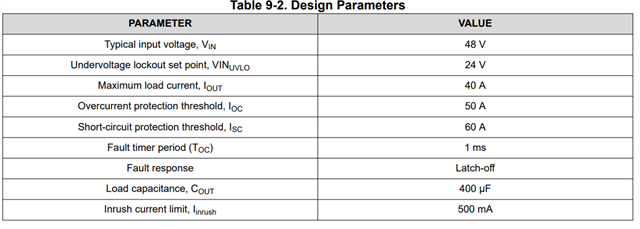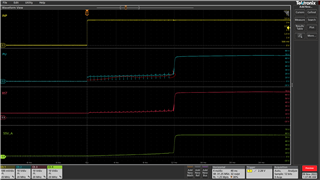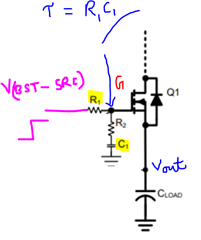Hi Team,
I'd like to following the previous thread, I can turn on the MOSFET after change the Rg to 100KOhm. But, the trun on timing 350ms is too slow for our application.

so I trying to change the Rg(R371) to 51KOhm, the trun on timing decrease to 200ms. But, still can not meet design requirement.
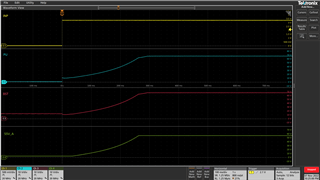
Then I remove the R1207 and keep the R371 as 51KOhm, the turn on timing decrase singnificant around 12ms.
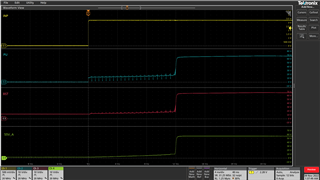
Have some questions.
1. Why MOSFET cannot be turn on when R371=0Ohm
2. I couldn't fine the current path of R1207/C305 during the gate charge. Is IC inside connect SRC and GND pin?
3. How to calculate the turn on time with Rg/CBST/MOSFET Ciss?
Thank you
Muhsiu



